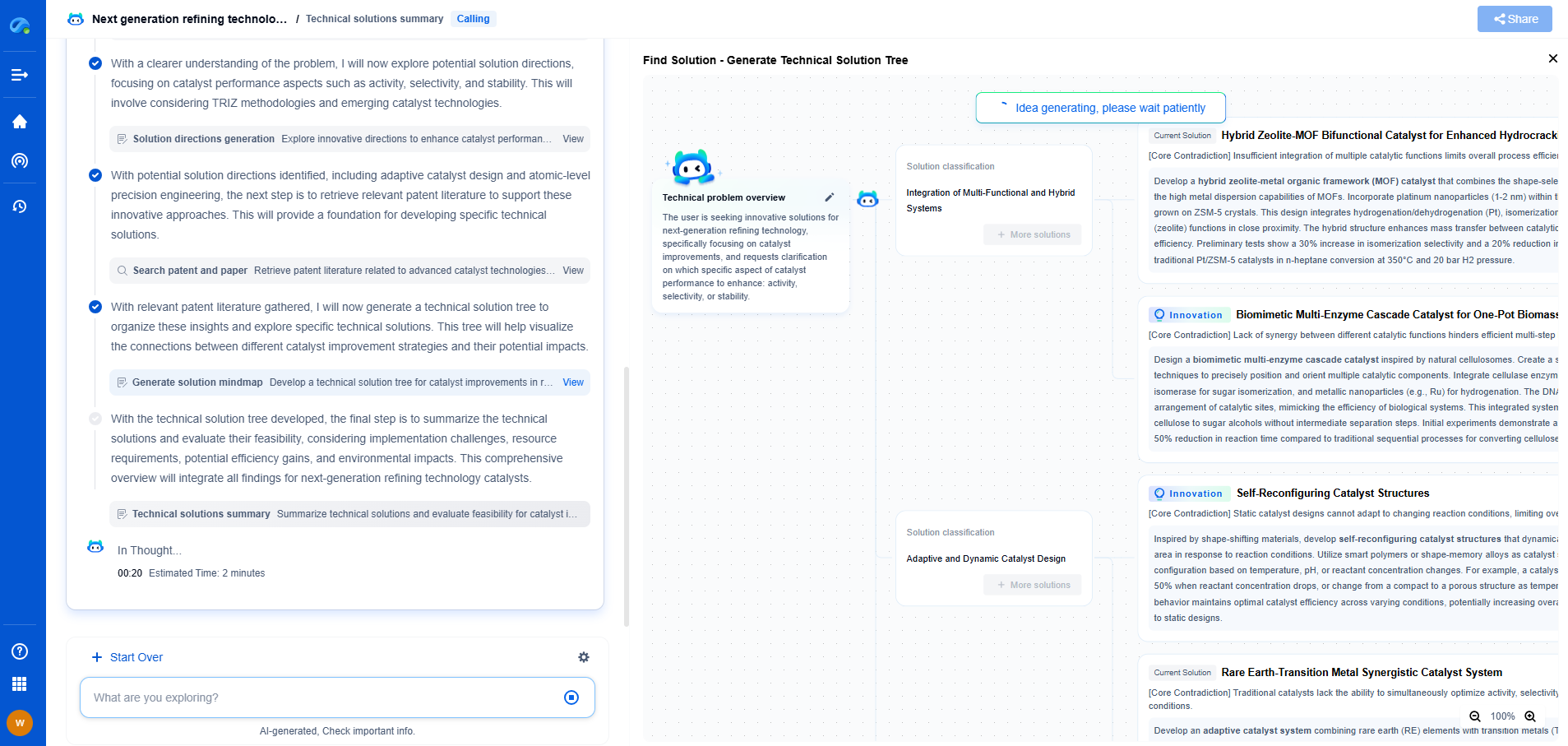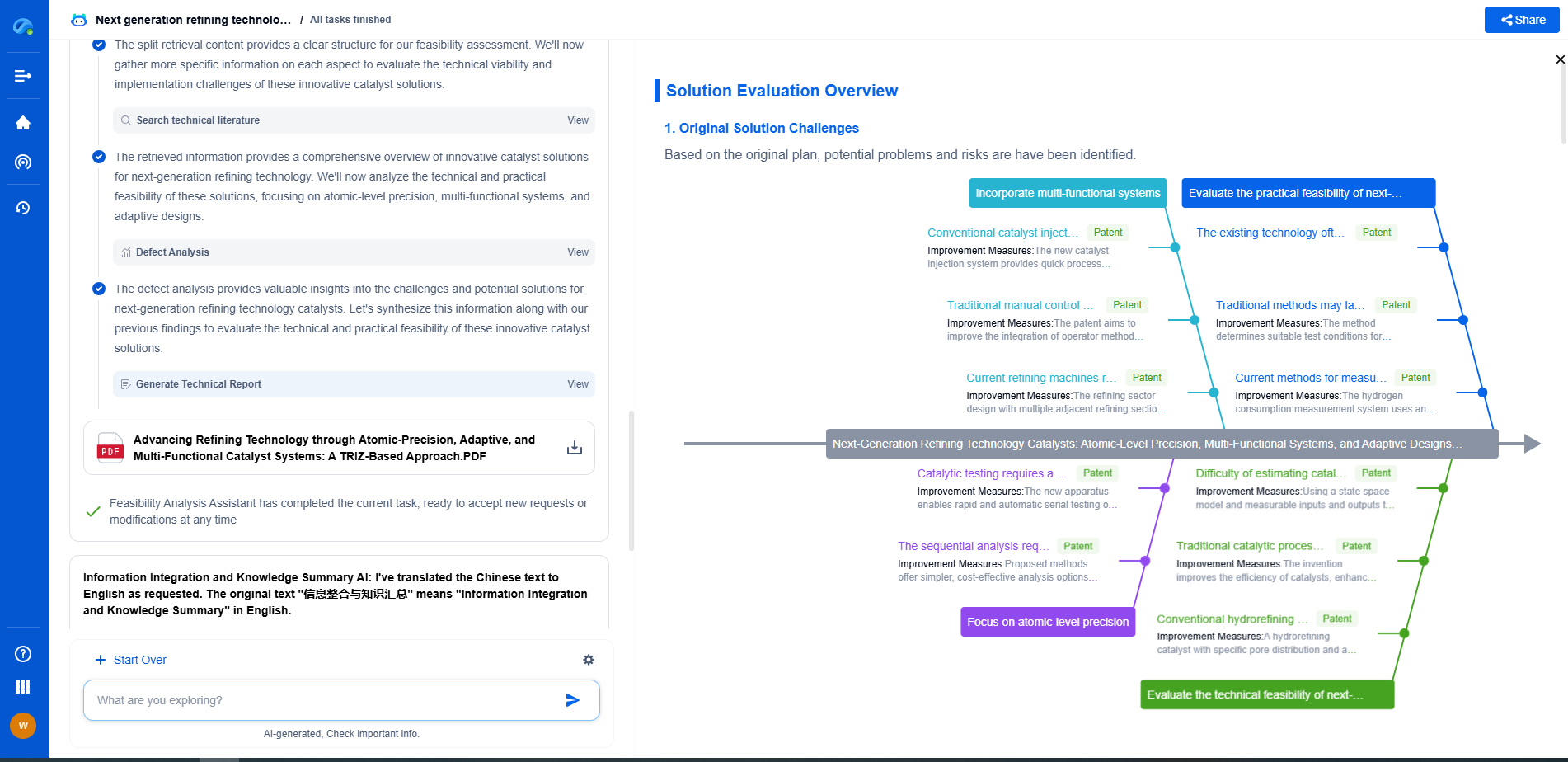How to Audit AI Models for Bias
JUN 26, 2025 |
Artificial Intelligence (AI) models are increasingly becoming an integral part of our daily lives, influencing decisions from loan approvals to hiring processes. While these models promise efficiency and objectivity, they can also inadvertently perpetuate or even exacerbate existing biases. This makes auditing AI models for bias not just a technical necessity but a moral obligation to ensure fairness and equity.
Identifying Sources of Bias in AI Models
The first step in auditing for bias involves identifying potential sources of bias. Bias can creep into AI models at various stages, including data collection, data labeling, and algorithm design. Data collection can introduce bias if the dataset is not representative of the population it aims to serve. For example, a facial recognition system trained predominantly on images of light-skinned individuals may perform poorly on dark-skinned faces. Similarly, biases in data labeling occur when human annotators bring their subjective perspectives into the labeling process. Algorithmic design choices can also lead to bias if the model is not adequately calibrated to treat all groups equitably.
Evaluating the Impact of Bias
Once potential sources of bias have been identified, the next step is to evaluate their impact. This can be done by testing the AI model on different subsets of data that represent various demographic groups. Key performance metrics such as accuracy, precision, recall, and F1-score should be analyzed across these groups to detect any discrepancies in performance. If the model performs significantly worse for specific groups, it indicates the presence of bias. Additionally, fairness metrics such as demographic parity, equal opportunity, and disparate impact should be considered to assess how the model's predictions affect different groups.
Mitigating Bias in AI Models
Upon discovering bias in an AI model, the focus should shift to mitigating its effects. One approach is to rebalance the training data to ensure that underrepresented groups are adequately covered. This can involve oversampling minority classes or collecting additional data to fill gaps. Another method is algorithmic interventions, such as adjusting decision thresholds for different groups or employing fairness constraints during model training. Regular recalibration and retraining of the model with updated data can also help reduce bias over time.
The Role of Transparency and Accountability
Transparency and accountability are crucial in the process of auditing AI models. Organizations should strive to make their AI systems as transparent as possible by providing detailed documentation on data sources, model design, and decision-making processes. This transparency allows stakeholders to understand how decisions are made and where potential biases might exist. Furthermore, establishing accountability mechanisms, such as regular audits and third-party evaluations, can ensure that biases are continuously monitored and addressed.
The Importance of Diverse Teams in AI Development
Diversity within the teams developing AI models can play a significant role in mitigating bias. Diverse teams bring a wide range of perspectives and experiences, which can help in identifying and addressing biases that might otherwise go unnoticed. Encouraging collaboration between data scientists, ethicists, domain experts, and members of affected communities can lead to more robust and fair AI systems.
Continuous Monitoring and Improvement
Bias auditing is not a one-time process but an ongoing commitment. AI models should be continuously monitored even after deployment to ensure they remain fair and unbiased. As societal norms and data evolve, regular updates to the model and its training data may be necessary. Establishing feedback loops where users can report potential biases or unfair outcomes can also provide valuable insights for continuous improvement.
Conclusion
Auditing AI models for bias is an essential practice to ensure these systems operate in a fair and equitable manner. By understanding and addressing the sources and impacts of bias, implementing mitigation strategies, and fostering transparency and accountability, we can develop AI technologies that align with our ethical and moral values. The journey towards unbiased AI is continuous, requiring ongoing vigilance, diverse perspectives, and a commitment to equity.
Unleash the Full Potential of AI Innovation with Patsnap Eureka
The frontier of machine learning evolves faster than ever—from foundation models and neuromorphic computing to edge AI and self-supervised learning. Whether you're exploring novel architectures, optimizing inference at scale, or tracking patent landscapes in generative AI, staying ahead demands more than human bandwidth.
Patsnap Eureka, our intelligent AI assistant built for R&D professionals in high-tech sectors, empowers you with real-time expert-level analysis, technology roadmap exploration, and strategic mapping of core patents—all within a seamless, user-friendly interface.
👉 Try Patsnap Eureka today to accelerate your journey from ML ideas to IP assets—request a personalized demo or activate your trial now.
- R&D
- Intellectual Property
- Life Sciences
- Materials
- Tech Scout
- Unparalleled Data Quality
- Higher Quality Content
- 60% Fewer Hallucinations
Browse by: Latest US Patents, China's latest patents, Technical Efficacy Thesaurus, Application Domain, Technology Topic, Popular Technical Reports.
© 2025 PatSnap. All rights reserved.Legal|Privacy policy|Modern Slavery Act Transparency Statement|Sitemap|About US| Contact US: help@patsnap.com

